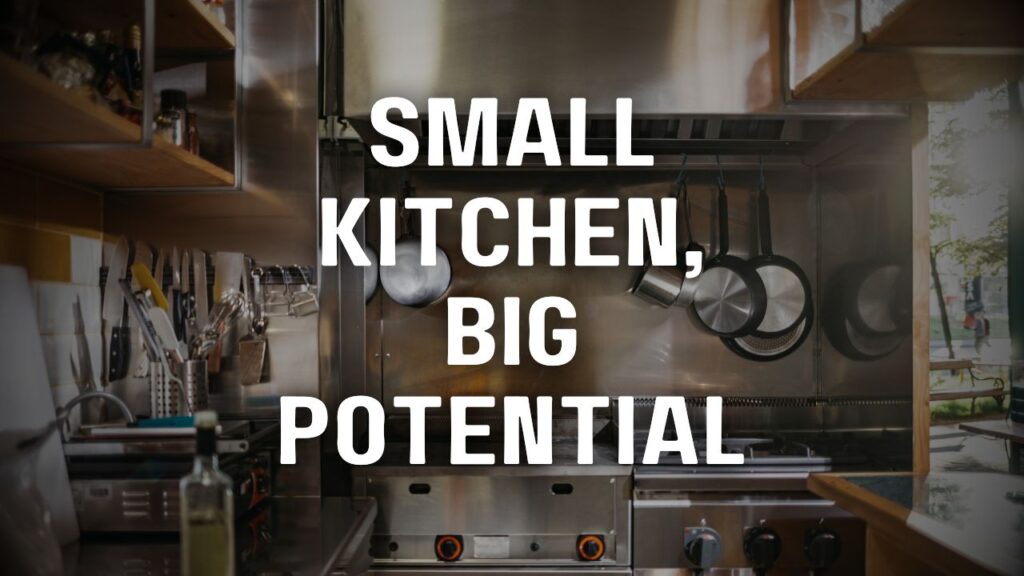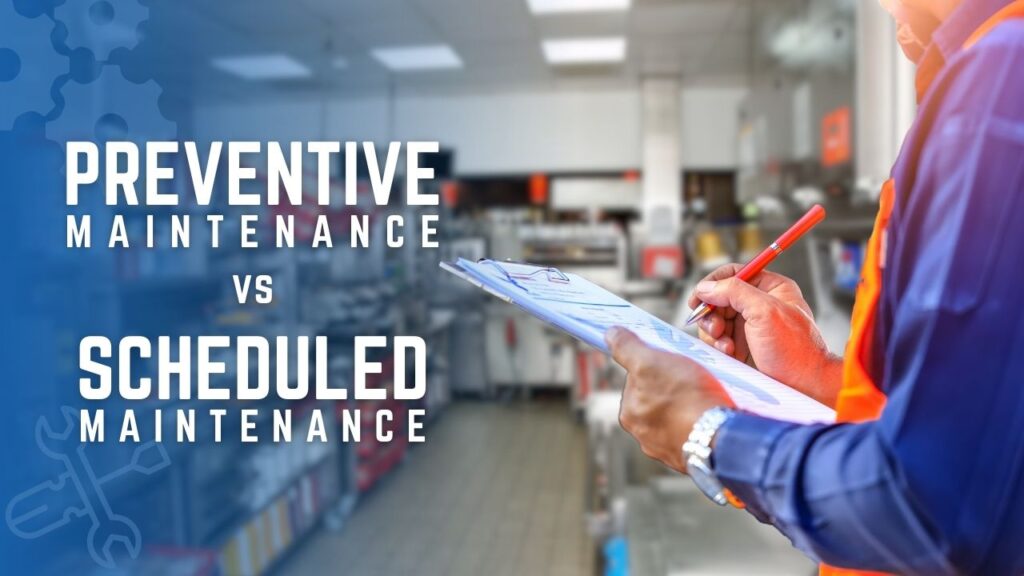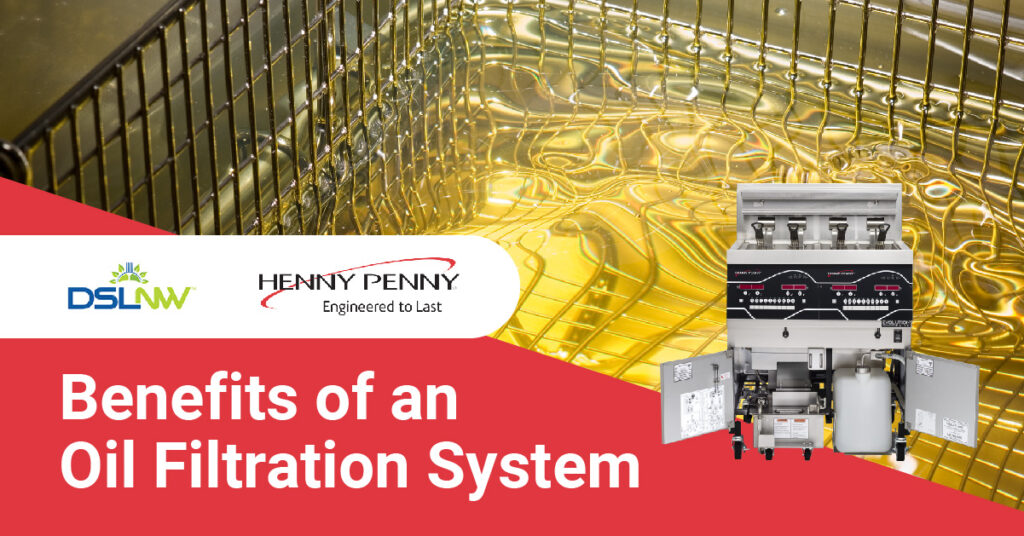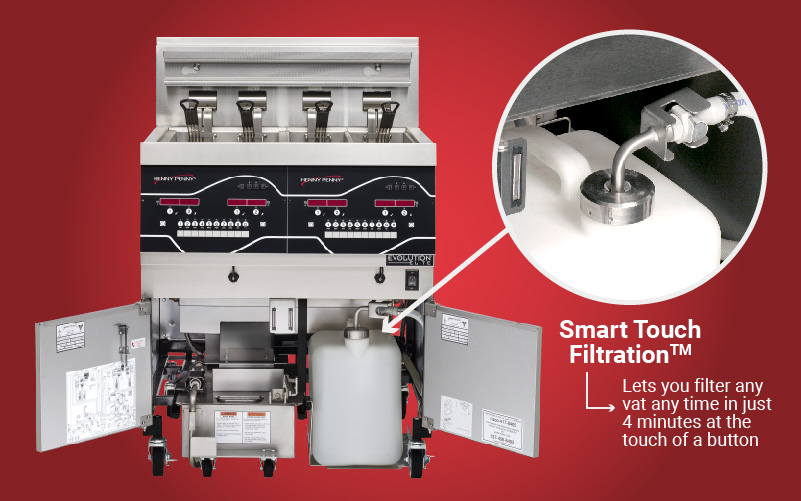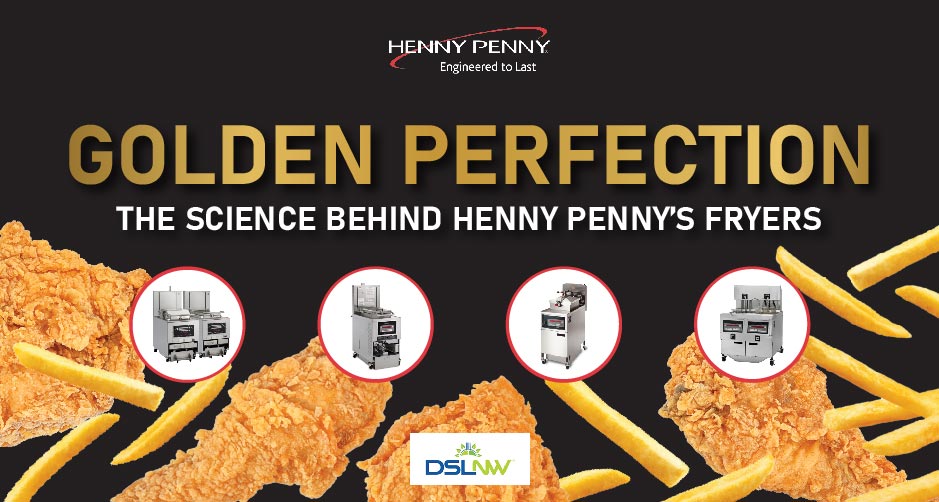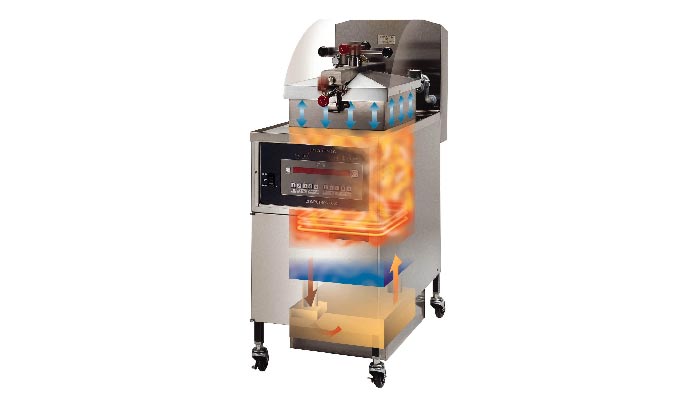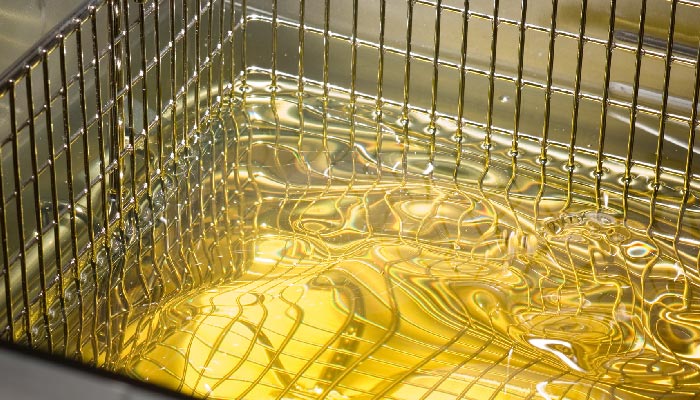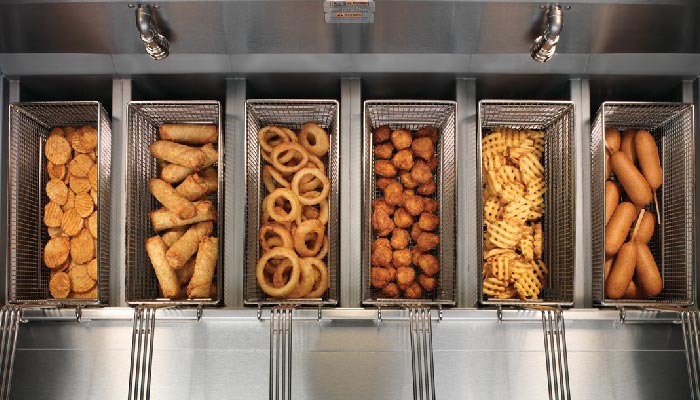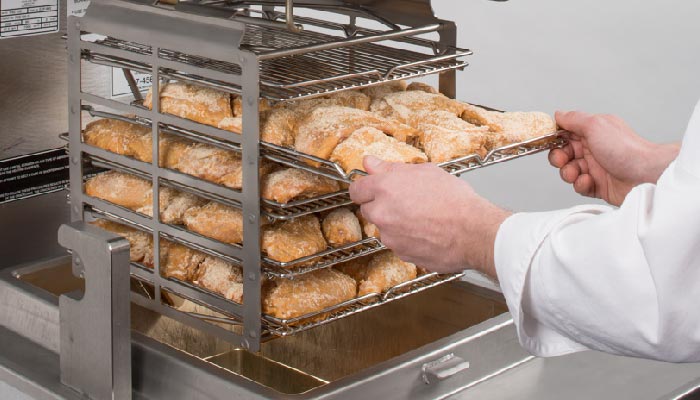In the culinary world, big spaces don’t always dictate success. Small kitchens hold immense potential, offering unique advantages that can transform your restaurant’s operations and elevate the dining experience. Whether you’re a seasoned restaurateur or a passionate chef starting your culinary venture, this blog will be your ultimate resource for turning your small kitchen into a powerhouse of efficiency and creativity.
In the fast-paced and competitive restaurant industry, every square inch of space matters. We understand the challenges you face when crafting a functional and productive kitchen within limited dimensions. That’s why we’re here to provide expert insights and recommendations on the essential equipment that will make a significant difference in your small restaurant kitchen.
The Power of Small Kitchens in Restaurants
Having a compact kitchen space can be a strategic advantage for your restaurant, offering benefits that extend far beyond mere square footage constraints.
- Efficiency: Compact kitchens encourage a streamlined workflow, where every movement and action are purposeful. Moreover, with carefully curated equipment and a well-thought-out layout, chefs can effortlessly navigate their domain, saving precious time and effort. The proximity of workstations fosters collaboration and seamless communication among team members, fostering a cohesive and efficient kitchen environment.
- Creativity: Necessity is the mother of invention, and small kitchens inspire creative solutions. Hence, chefs become masters of improvisation, innovating with limited resources, and conjuring delectable dishes that defy kitchen size. As a result, the constraints of a compact space often push culinary boundaries, giving birth to unique and imaginative creations that captivate discerning diners.
- Cost-Effectiveness: Operating a small kitchen can be a prudent financial choice, particularly for startup ventures. In addition, lower rent, reduced energy consumption, and optimized use of resources lead to cost savings that can be redirected into enhancing the quality of ingredients and services. In an era where sustainability is paramount, small kitchens align with eco-friendly practices, promoting a greener approach to food preparation.
By harnessing the advantages of a compact space and making informed equipment choices, you can elevate your restaurant to new heights of success.
Space-Saving Solutions
To optimize the available area and ensure seamless operations, it is essential to consider incorporating space-saving solutions that maximize functionality without compromising on performance. Here are key categories of space-saving equipment that can transform your compact kitchen:
Countertop Equipment
Make the most of your countertop real estate by investing in compact yet powerful countertop appliances. Whether it’s beverage freezers or space-efficient combi ovens, these versatile tools can handle various culinary tasks without occupying valuable floor space. By strategically placing these appliances, chefs can access essential tools conveniently while maintaining an uncluttered and organized work area.
Versatile equipment
Embrace the power of multipurpose equipment that performs multiple functions, reducing the need for separate tools. For example, a combi oven that functions as a convection oven, a grill, and a steamer can save considerable space and offer diverse cooking capabilities.
Smaller equipment
Seek out compact versions of essential tools, such as single-platen grills and small fryers. These smaller alternatives deliver the performance of their larger counterparts while taking up minimal space, freeing up valuable room for other essential components.
Equipment Must-haves for Small Kitchens
Combi Ovens
Combi ovens are indispensable workhorses that combine the functions of convection ovens, steamers, and even grills in a single unit. These versatile appliances offer precise temperature control and humidity regulation, making them ideal for preparing a wide array of dishes with consistently outstanding results. Moreover, combi ovens maximize cooking efficiency and save floor space, making them a must-have for small restaurant kitchens.
Examples of Combi Ovens
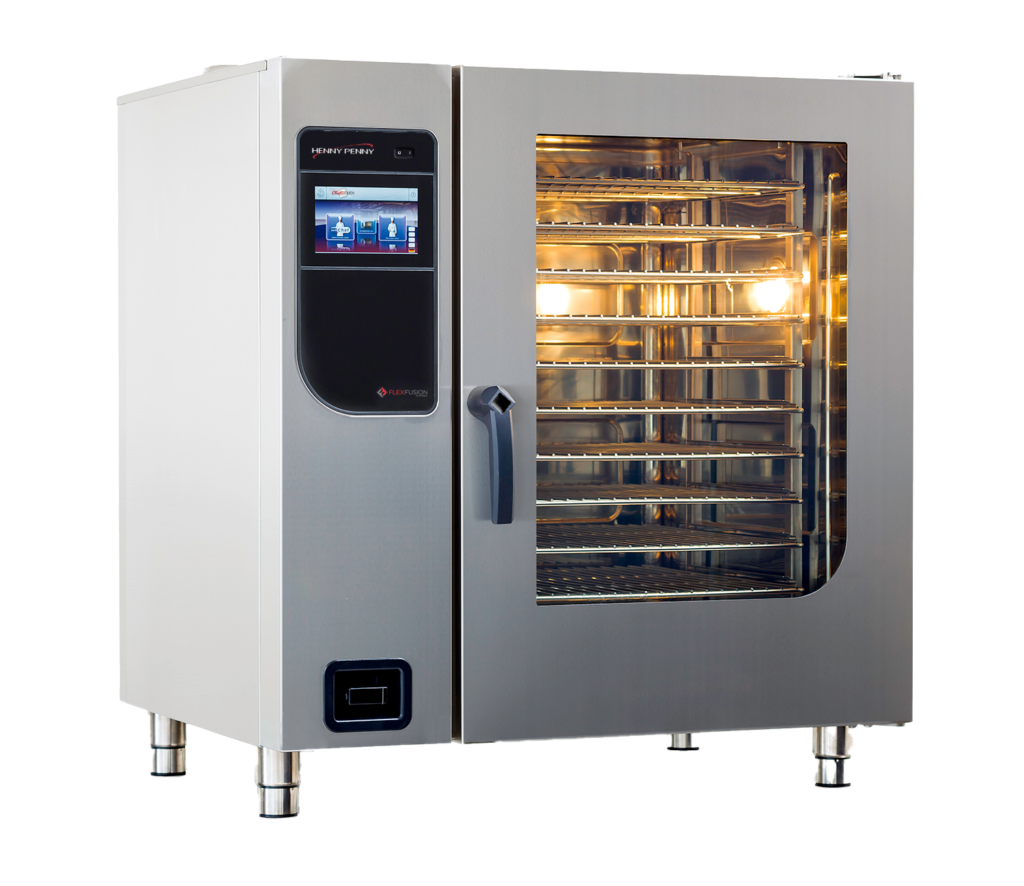
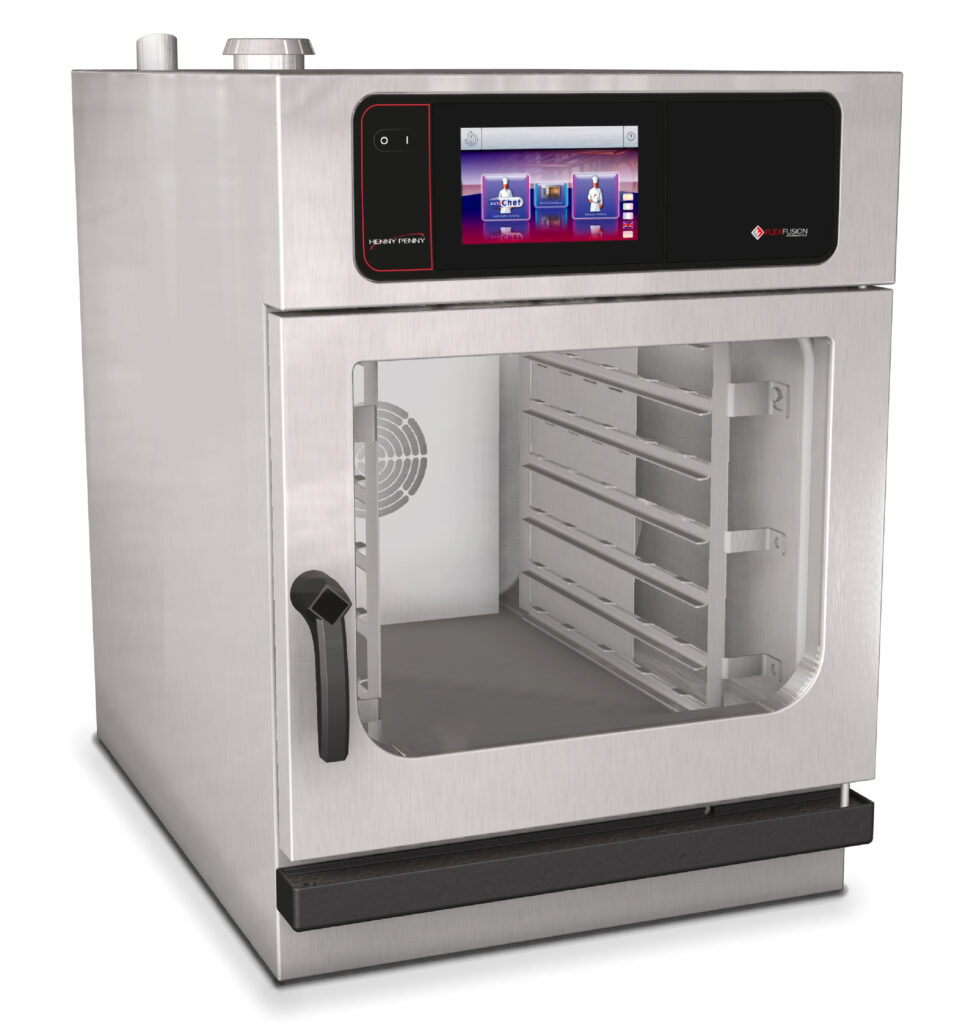
Countertop Freezers
When it comes to frozen desserts and beverages, countertop freezers are invaluable assets for small restaurant kitchens. These space-saving freezers provide easy access to frozen treats without the need for excessive bending or reaching.
Examples of Countertop Freezers
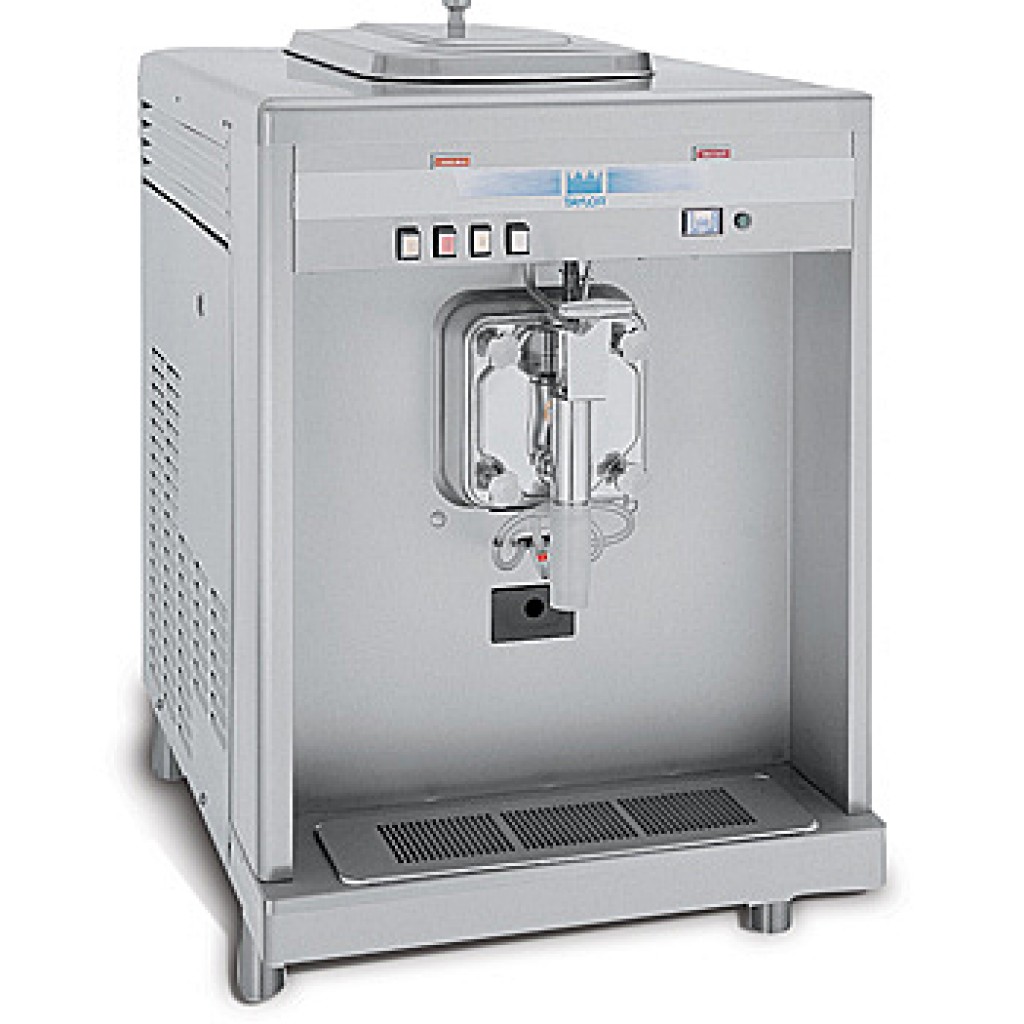
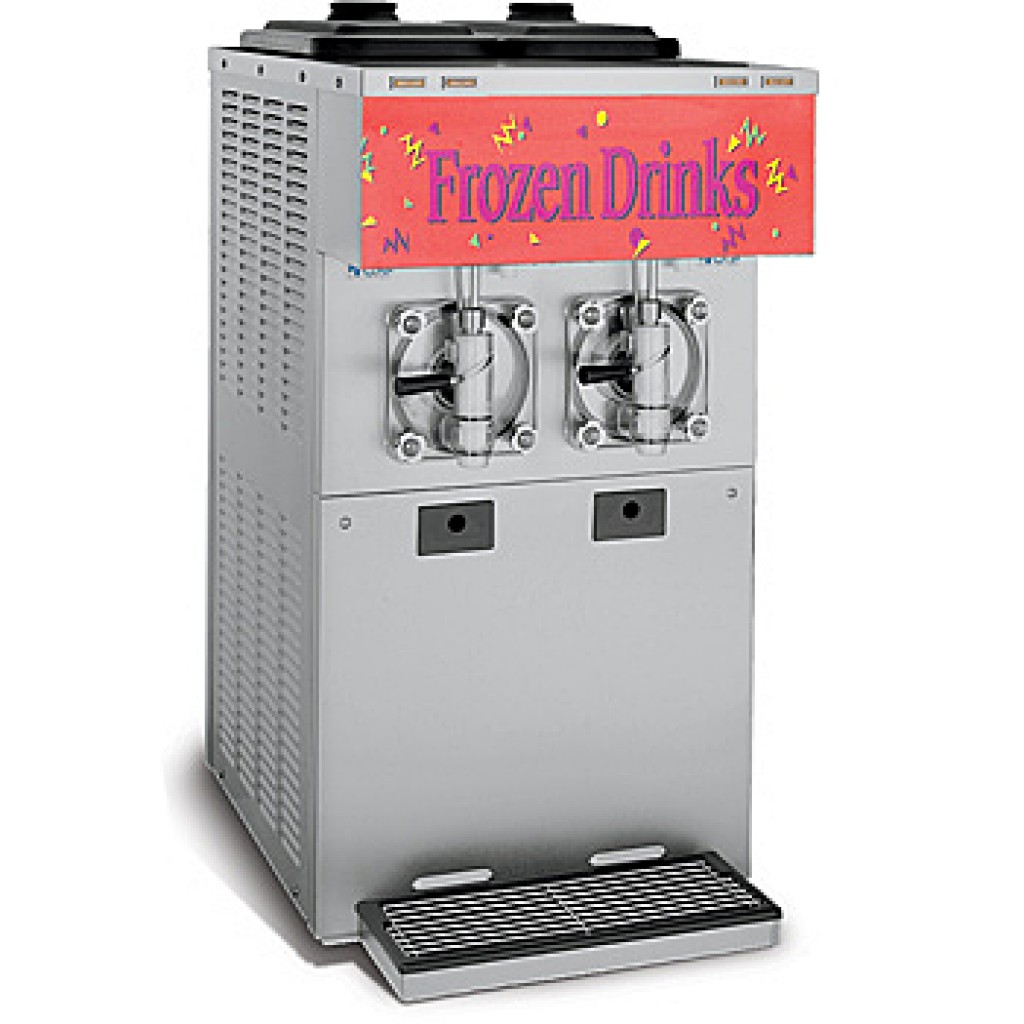
Fryers
Crispy and delicious fried foods can be a menu highlight in any restaurant, and compact fryers are the key to achieving this in small kitchens. Opt for fryers with a smaller footprint, ensuring they can fit seamlessly into your kitchen layout. These efficient fryers not only occupy minimal space but also offer quick heating and fast cooking times, allowing you to serve up delectable fried delicacies without compromising on taste or texture.
Examples of Fryers
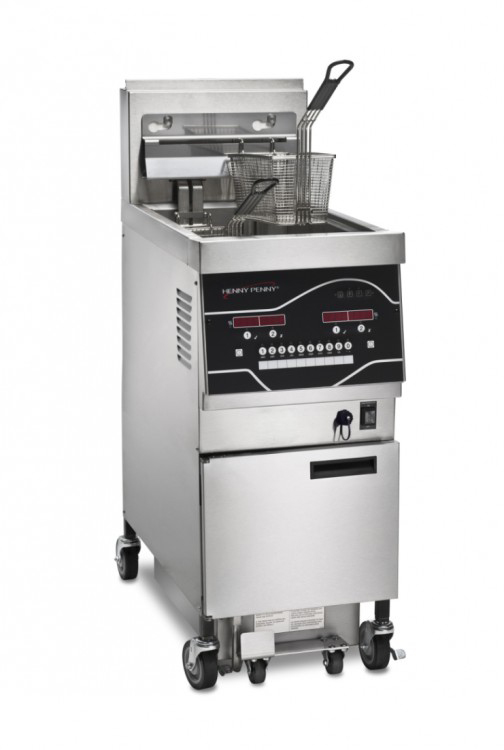
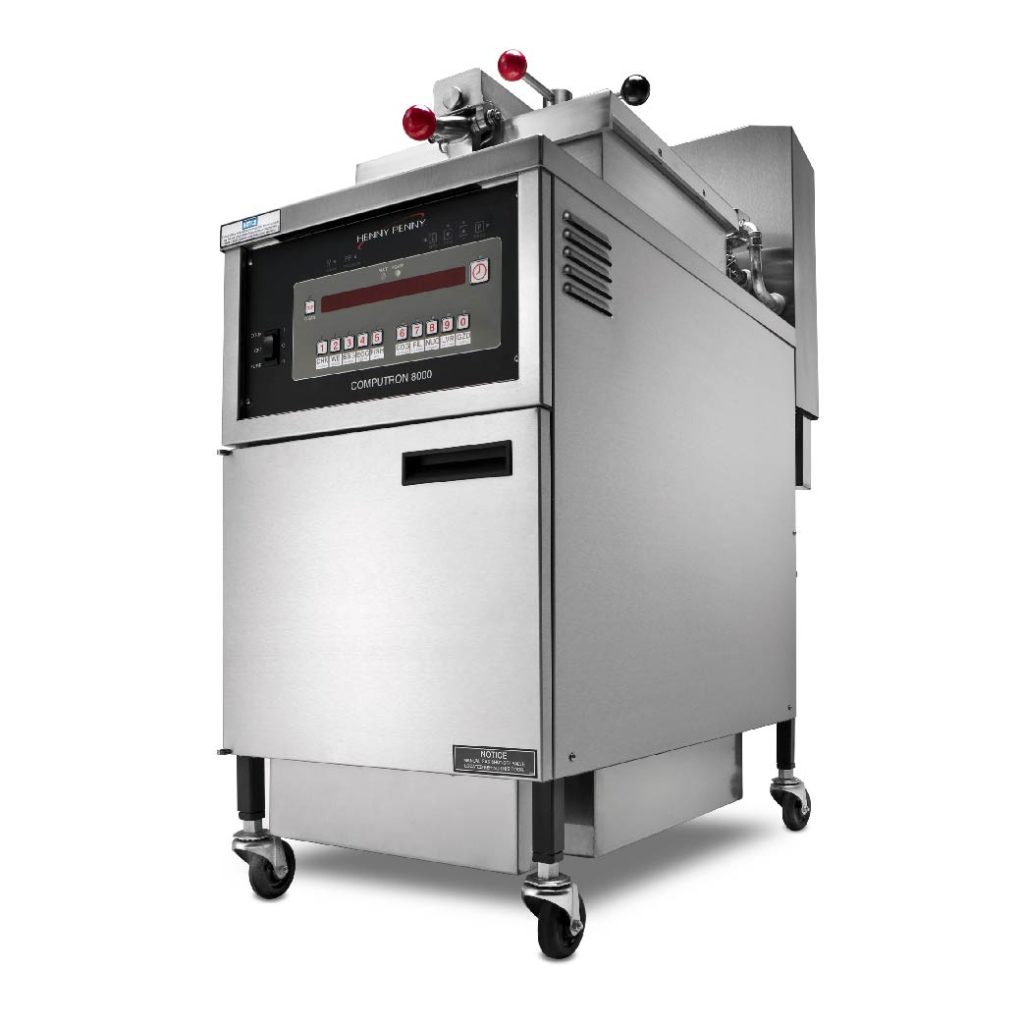
Single or Double Platen Grills
These versatile grills are designed for small restaurant kitchens, offering high-performance cooking while minimizing the floor space needed. Whether it’s succulent steaks or juicy burgers platen grills provide the perfect sear and smoky flavor that discerning diners crave.
Examples of Fryers
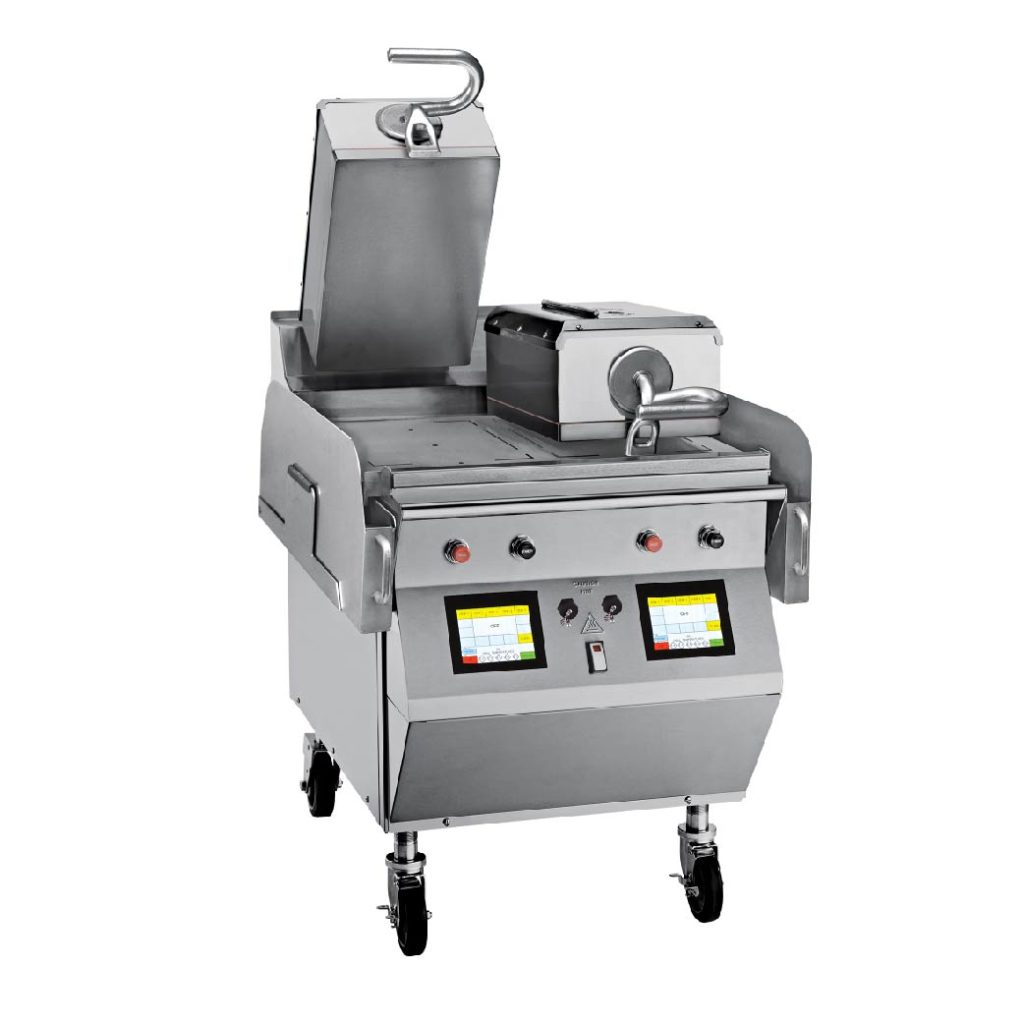
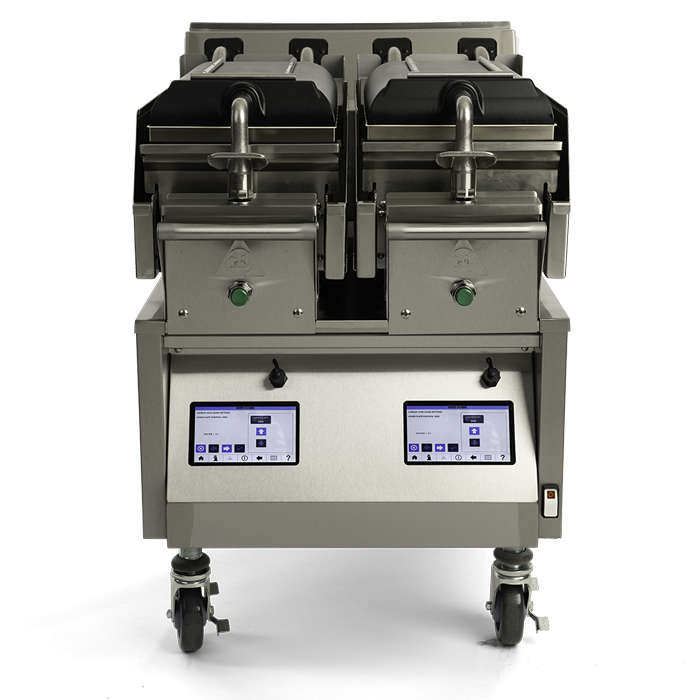
Indeed, with the power of strategic equipment selection and innovative space-saving solutions, your compact kitchen can become a haven of culinary artistry and streamlined operations. Moreover, by incorporating essential equipment like combi ovens, countertop freezers, space-efficient fryers, and platen grills, your small kitchen can reach new heights of culinary excellence. Let your small kitchen shine as a testament to culinary ingenuity and the potential it holds for unforgettable dining adventures.
